In May 1956, three months after meeting Ted Hughes, one before they will marry, Sylvia Plath writes to her mother Aurelia about the talented man she has fallen in love with: ‘He will start some portraits of me! A combination of both witch and ghost, perhaps.’ Because of Hughes’s editing and writing of her work, a combination of witch and ghost is precisely how we know her, and he strongly encouraged the idea that the version of Plath he offered was the ‘real one’, a core of personality born in an inevitably fatal struggle narrated through the Ariel poems. Ariel, in his view, was her only true work. ‘All her other writings, except these journals, are the waste products of its gestation,’ he wrote in the introduction to his 1985 edition of her diaries, a strange classification that consigned to the slag heap both the brilliant Bell Jar and all her other diaries (conveniently including the ones he destroyed).
But before Plath killed herself and Hughes got his hands on the manuscript, Ariel was a very different collection: one of personal rebirth, yes, but specifically rebirth after the agonising dissolution of her marriage. ‘My mother had described her Ariel manuscript as beginning with the word ‘Love’ and ending with the word ‘Spring’,” wrote Frieda Hughes in the introduction to the Restored Edition of Ariel, published in 2005. Gradually, as the volume of her writings available to the public has become near-exhaustive, another Plath has become visible. Neither the magnificent harpy of Ariel, nor the haunting Dido figure of Birthday Letters, and not a cypher for female suffering under male brutality or a model of madness either; but a woman entire: funny, ambitious, paradoxical, wildly clever and alive.
From her first letter, written to her father when she was seven, this volume contains much that’s new. There’s also repetition: Plath often related the same events multiple times to various intimates, with minimal variation. And there’s a lot that builds up the texture of young female life in the mid-20th-century American middle class, but is less than fascinating in every particular: the importance of dating to her social life at Smith college is interesting in a Mass-Observation-Project way, but the detail on every boy she goes out with is legitimately skippable. (Some may feel the same about her attention to clothing styles and make-up; I don’t, and wish the editors had added to their burdens by glossing some of the brands she mentions.)
She’s a generous, expansive correspondent. She’s also very witty. When a summer job as a live-in mother’s helper turns out to involve drudging for three appalling children, the 19-year-old Plath writes to her friend Marcia B. Stern with a faux-news report about a babysitter driven to murder:
When asked what she had done to the eldest, she cried, ‘I fed him down the chromium-plated disposal unit in the kitchen sink.’
Even when she mangles her leg in a skiing accident, she telegrams the news to her mother in a sharp Tennyson parody: ‘BREAK BREAK BREAK ON THE COLD WHITE SLOPES OH KNEE.’
The skiing accident is one of many events here that eventually made it into The Bell Jar, along with her first suicide attempt, and an obscurely alluded-to gynaecological haemorrhage which may have been caused by a rape. The vast amount of spry, acute observation that she never repurposed causes pangs for what she might yet have done in the line of novels. She writes with hackish persistence to editors, offering stories and poems to magazines. She is unnecessarily polite to unpublished young men who criticise her stories and tell her to read Hemingway. To the boys she falls in love with, she writes wild, experimental, perversely flirtatious letters — perhaps this is the whole purpose of falling in love.
She eventually writes, prodigiously, to and about Ted Hughes (pet-named ‘Teddy-ponk’, extraordinarily). She luxuriates in their domesticity, and plays the submissive part: ‘You must scold me, beat me, help me,’ she writes to him during an enforced separation after their secret marriage. Despite Frieda’s introductory plea that these letters be taken to show ‘my parents are as married in death as they once were in life’, they have inevitably revived the Plath-Hughes drama. Was Hughes the brute with a brute brute heart of ‘Daddy’; or was Plath a masochist who wished him to be so? The answer is, a bit of both, and the latter can hardly excuse the former.
But then part of the experience of reading these letters is to see Plath firmly in her own time. In his 2015 Unauthorised Life of Hughes, Jonathan Bate chided feminists for making Plath ‘a martyr of a movement of which she was not really a part’, and it’s true that Plath was not affiliated to the women’s movement: she died before it began. Betty Friedan’s The Feminine Mystique came out the day after Plath’s funeral. The feminist analysis of rape, male violence and domestic labour had not yet been invented; Plath was helping to invent it. She finds in Sons and Lovers a ‘great smorgasbord for thought about mother-child relationships’. Adrienne Rich’s feminist analysis of motherhood, Of Woman Born, was not published until 1976 — and in fact drew on The Bell Jar and Letters Home.
She makes unsisterly snipes at Cambridge’s bluestocking dons, but she intuitively grasps the injustices of being quizzed about her marriage plans by a scholarship panel, and of the sexual double standard. To her friend Ann Davidow-Goodman: ‘I hate public opinion for encouraging boys to prove their virility & condemning women for doing so.’ And though she thrills to be ‘part of a miniature cosmos all of which revolves around my dear darling Ted’, she revolts at the misogyny of Schopenhauer’s On Women: ‘What poverty of experience he must have had to deny us minds and souls — and make of us mere procreating animal machines!’
As this unedited Plath subsumes the version crafted by Hughes, one of the realisations is how much she created him: by recognising his talent, by acting as his agent and ensuring his first collection was published, by inventing the myth of the ‘strongest man in the world … a singer, story-teller, lion and world-wanderer and vagabond who will never stop’ in which his admirers still believe. The Hughes we know is her Hughes, and his best work was often either directly facilitated by her (Hawk in the Rain) or about her (Crow, Birthday Letters). In her correspondence, we find more of the writer she was without him, and the artist she could have been had she survived.
Got something to add? Join the discussion and comment below.
Get 10 issues for just $10
Subscribe to The Spectator Australia today for the next 10 magazine issues, plus full online access, for just $10.
You might disagree with half of it, but you’ll enjoy reading all of it. Try your first month for free, then just $2 a week for the remainder of your first year.

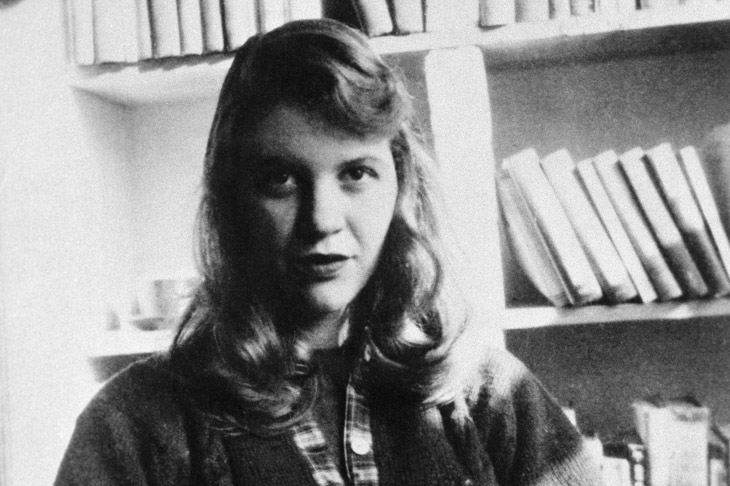

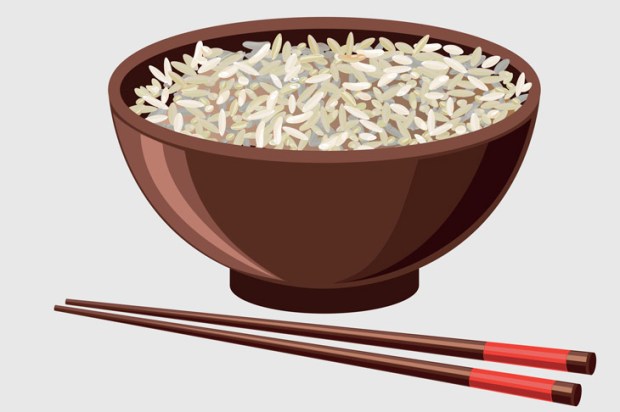
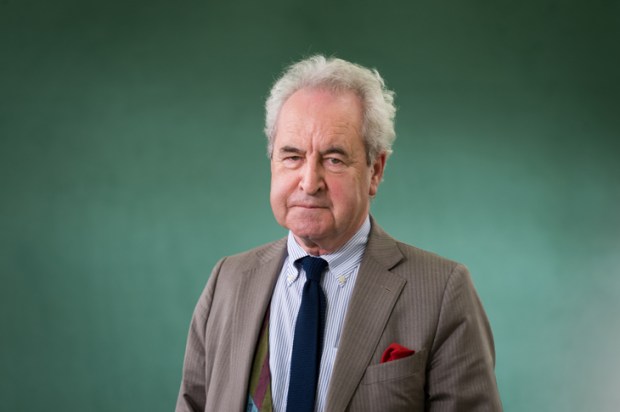
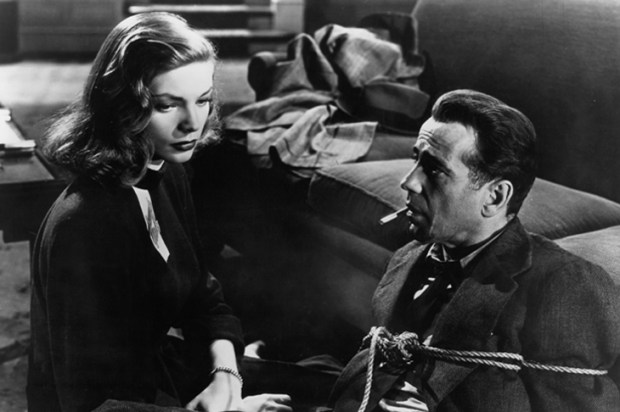
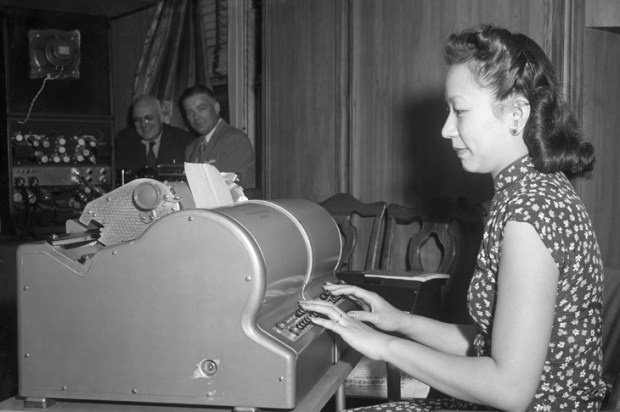
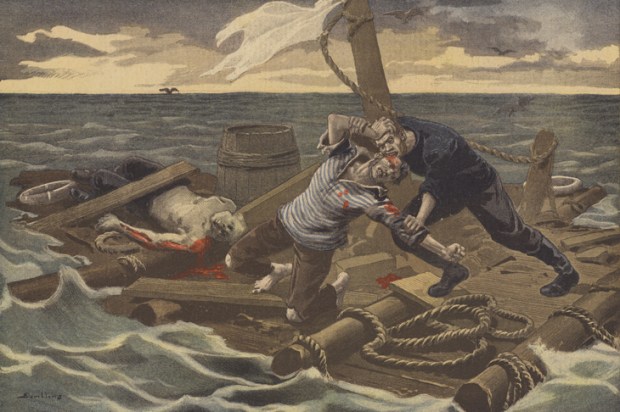






Comments
Don't miss out
Join the conversation with other Spectator Australia readers. Subscribe to leave a comment.
SUBSCRIBEAlready a subscriber? Log in